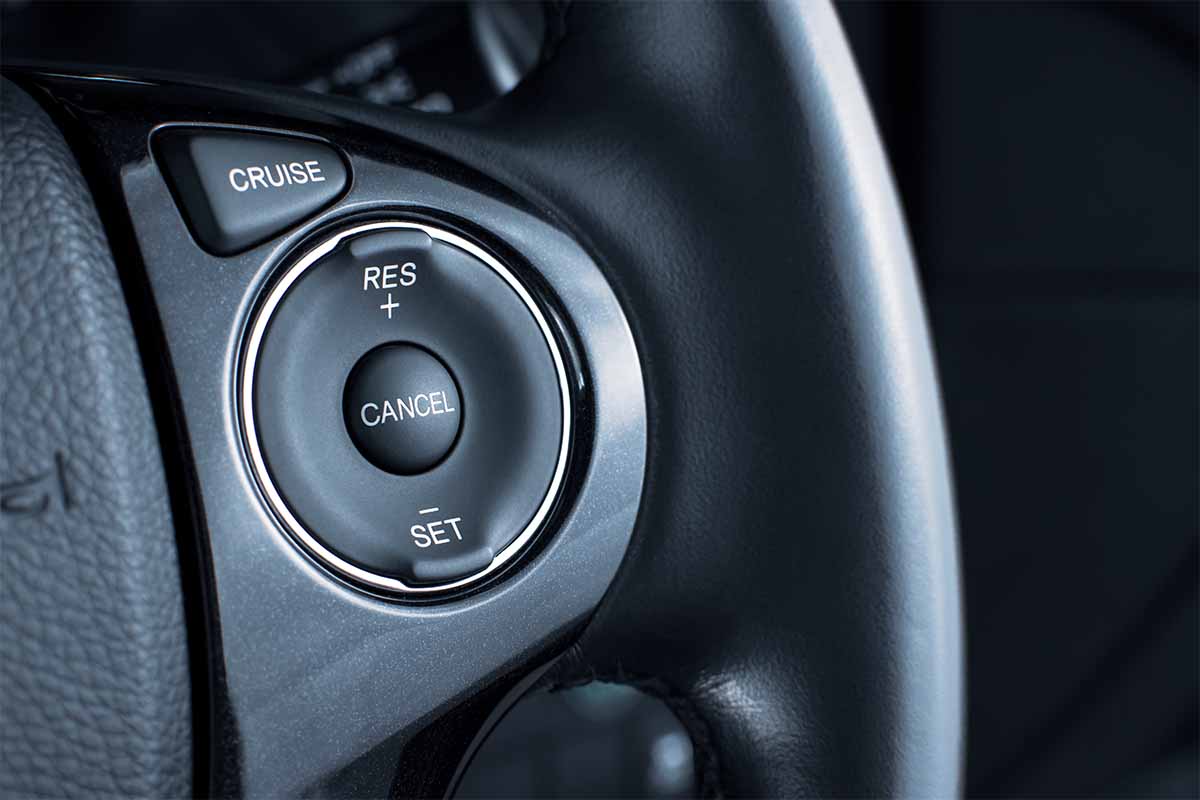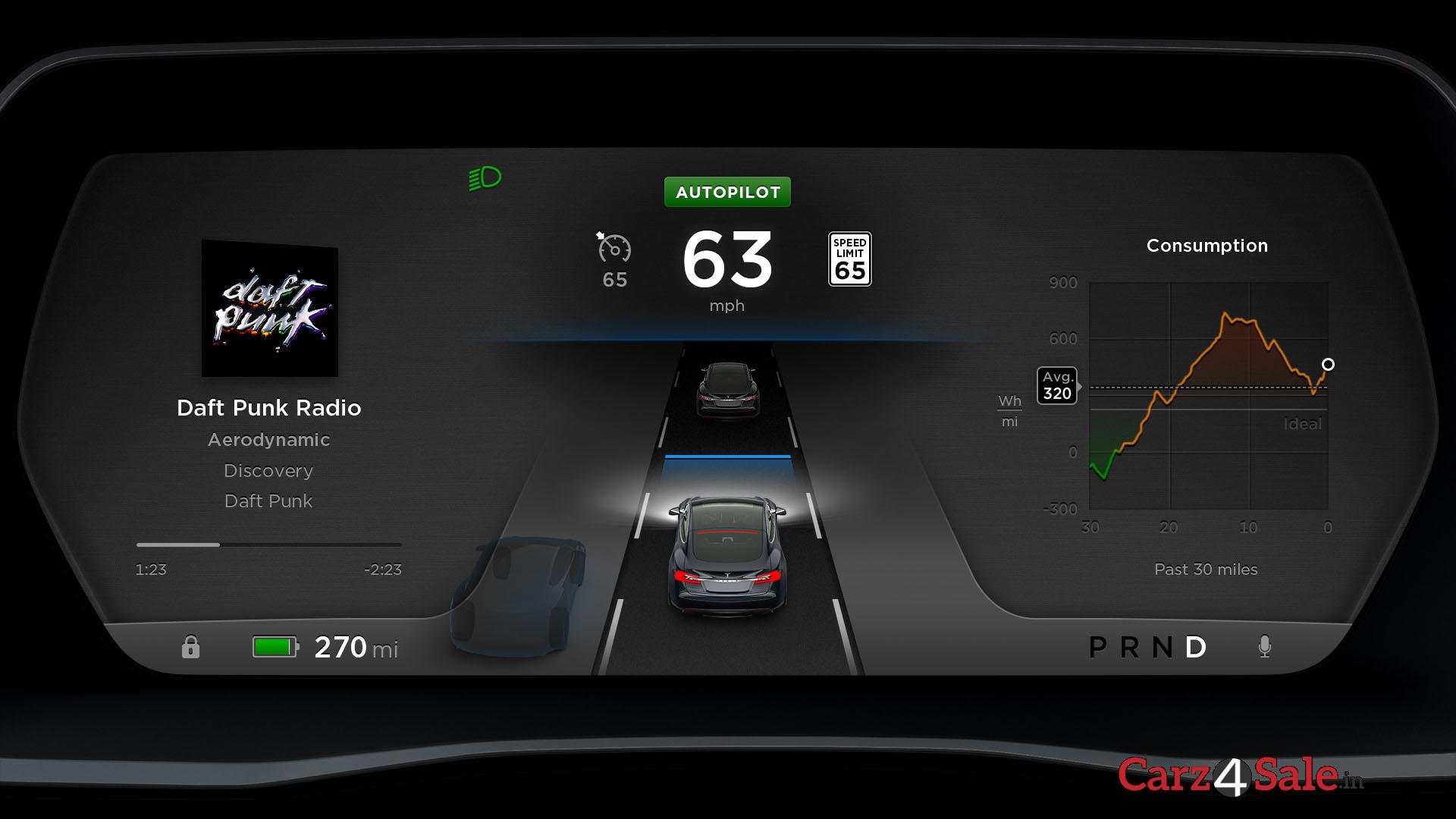Table Of Content

Additionally, drivers should periodically check the vehicle’s speed to ensure that it is still within the desired range. Cruise control is less flexible on vehicles with a manual transmission because depressing the clutch pedal and shifting gears usually disengages the cruise control. The "resume" feature has to be used each time after selecting the new gear and releasing the clutch. Therefore, cruise control is most beneficial at motorway/highway speeds when top gear is used virtually all the time. The cruise control takes its speed signal from a rotating driveshaft, speedometer cable, wheel speed sensor from the engine's RPM, or internal speed pulses produced electronically by the vehicle.
Heavy Traffic
AAA reminds people to avoid cruise control during rainy weather - - CBS19 News
AAA reminds people to avoid cruise control during rainy weather -.
Posted: Mon, 15 Jan 2024 08:00:00 GMT [source]
If you experience any problems with your cruise control, it's best to have a qualified technician diagnose and repair the issue for you. Remember, these systems are here to make your drive smoother and safer, but they're not a replacement for your attention. This comparison highlights the diversity in cruise control technologies, illustrating how each brand tailors its system to specific driving experiences and safety standards. With adaptive cruise control, problems can arise from blocked sensors or system malfunctions. Ensure that the sensors, often located in the front grille or under the mirrors, are clean and unobstructed. For system malfunctions, professional diagnostics are essential, as these systems involve advanced electronics and software.
Cooperative Adaptive Cruise Control (CACC)
Today, drivers can choose from a range of cruise control systems, each with its own unique features and functionalities. Experienced drivers, of course, will probably be familiar with the basics of what cruise control does, even if they haven't really used it themselves. Rather more complex than that, though, is the question of exactly how it keeps the vehicle moving at a specific speed. If you've ever wondered how cruise control works, what the pros and cons of using it are, how it's developed since its introduction, and/or when to use it, this is just the piece for you. While cruise control is a convenient feature for modern drivers, it is not perfect for all circumstances.
Cruise self-driving cars were suspended in California. It could affect the whole industry. - Slate
Cruise self-driving cars were suspended in California. It could affect the whole industry..
Posted: Wed, 25 Oct 2023 07:00:00 GMT [source]
How Cruise Control Systems Work
This means you get a smoother ride and better fuel efficiency, but it all depends on the quality of the GPS and map data. If that's a bit out of date, your fortune-telling cruise control might not be so accurate. It's usually found in more high-end vehicles where top-notch fuel efficiency is a focus for the engineers. At its core, cruise control involves a series of sensors that monitor the vehicle's speed and a control unit that regulates the throttle.
Come up to speed
Cruise control can serve as an invaluable tool for drivers, but isn't infallible. Ensuring that you use it for its intended purpose is the key to best taking advantage of it. In its capacity to ensure a vehicle remains at a steady speed, where possible, it can boost driving efficiency.
Many cars use actuators powered by engine vacuum to open and close the throttle. These systems use a small, electronically-controlled valve to regulate the vacuum in a diaphragm. This works in a similar way to the brake booster, which provides power to your brake system. Typically, the cruise control button is located on the steering wheel for easy access. However, the location of the button may vary depending on the make and model. It is not advisable to install an aftermarket cruise control kit in your car as new vehicles have complex electronics.
It connects to the throttle control seen in the previous section, as well as several sensors. The diagram below shows the inputs and outputs of a typical cruise control system. The below table highlights the key differences between cruise control and adaptive cruise control. Automotive engineers tweaked around the edges of cruise control for the next 35 years.
– Build speed
Most systems will prevent the vehicle from increasing engine speed to accelerate beyond the chosen speed. However, they will not apply the brakes in the event of overspeeding downhill, nor stop the car from going faster than the selected speed even with the engine just idling. Level 3 – If Level 2 is partial self-driving, Level 3 is conditional full automation. A Level 3 self-driving system uses a wide spectrum of driver-assistance features and artificial intelligence (AI). These technologies collude to react to and make decisions about the vehicles’ ever-changing situations.
Wheel Alignment vs. Balance: What’s the Difference?
“Most ACC systems can only be set to speeds above 20 mph but will slow the vehicle to speeds below that in stop-and-go traffic,” she says. “There are a few systems out there that don’t bring the car all the way to a stop but instead just shut off at low speeds. Quick acceleration and deceleration change the vehicle’s momentum drastically and wastes fuel. So, using cruise control is most fuel-efficient on level highways and long uphill and downhill grades. So, if the car in front of you slows down, you'll need to step in and adjust your speed manually. This trusty system comes standard on most cars and is great for saving some fuel on those long road trips.
Overall, the future of cruise control technology holds promise for creating a more seamless and enjoyable driving experience, with a focus on safety, comfort, and sustainability. Occasionally, you may encounter issues with your cruise control systems. Common problems include cruise control not engaging or disengaging unexpectedly. Possible causes may include a faulty brake light switch, malfunctioning sensors, or issues with the control module.
Chrysler Corporation was the first manufacturer to offer the groundbreaking mechanism as an option on several of its luxury vehicle models nine years later. Today, cruise control is rapidly becoming the standard on all new vehicles, providing drivers with increased convenience on their daily drive. Sometimes you may get confused between cruise control and speed limiter as both are related to the car's speed. Refer to the table below to understand the difference between both the systems.
Unlike Tesla’s FSD, it’s limited to highway use but excels in hands-free driving comfort and safety. If these sensors are dirty or malfunctioning, the system might not maintain the speed. Also, consider checking wheel alignment and tire condition, as these can affect performance. Cruise control is not a substitute for a human driver and will require supervision at every step. If you are using a semi-autonomous system, you will not need to steer but will need to keep at least one hand on the wheel for safety measures. Accelerate to your desired speed as you prepare to activate cruise control.


